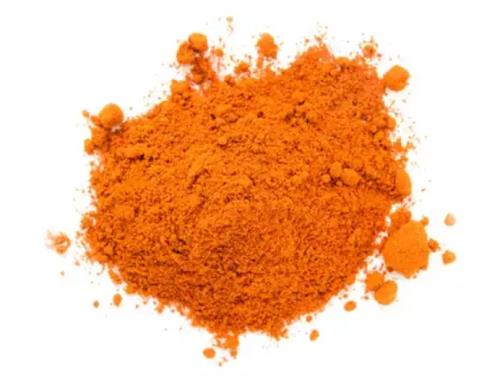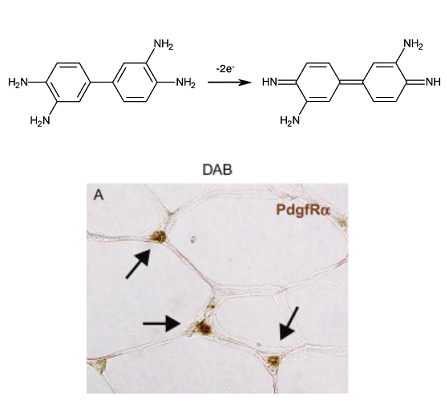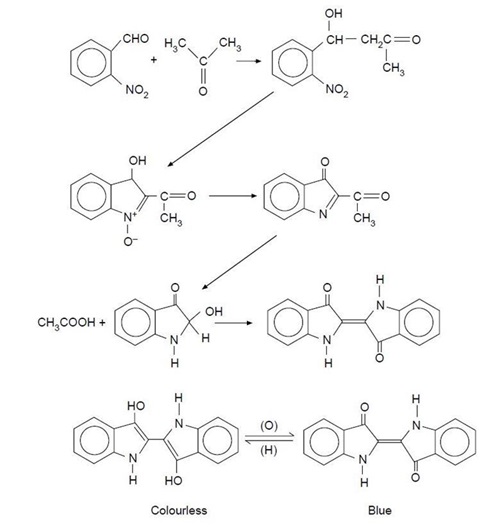Dyes and Pigments
More
Less
Dyes are intensely colored or fluorescent organic substances only, which impart color to a substrate by selective absorption of light. Pigments are colored, black, white or fluorescent particulate organic or inorganic solids which usually are insoluble in, and essentially physically and chemically unaffected by, the vehicle or substrate in which they are incorporated.









